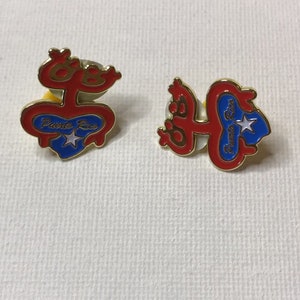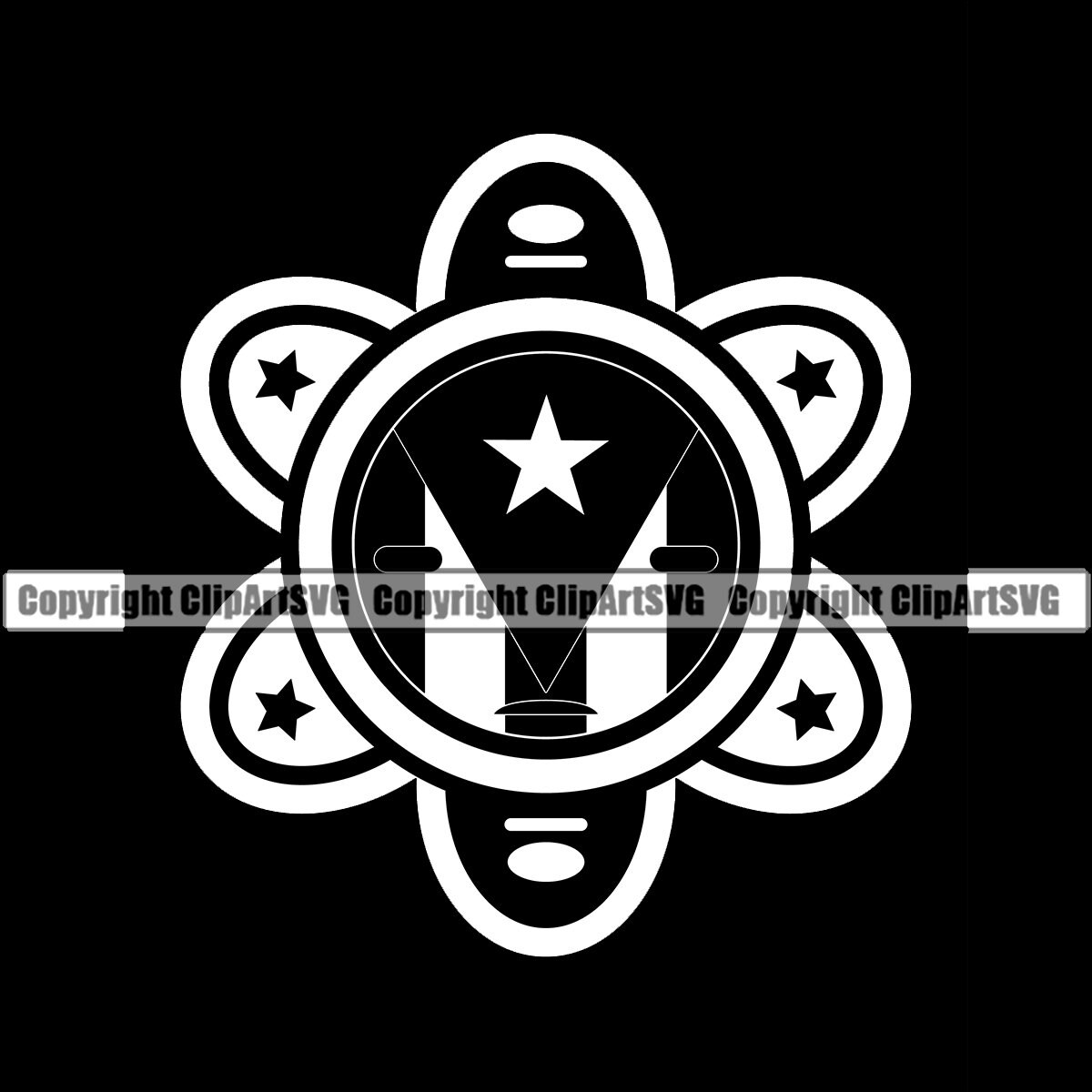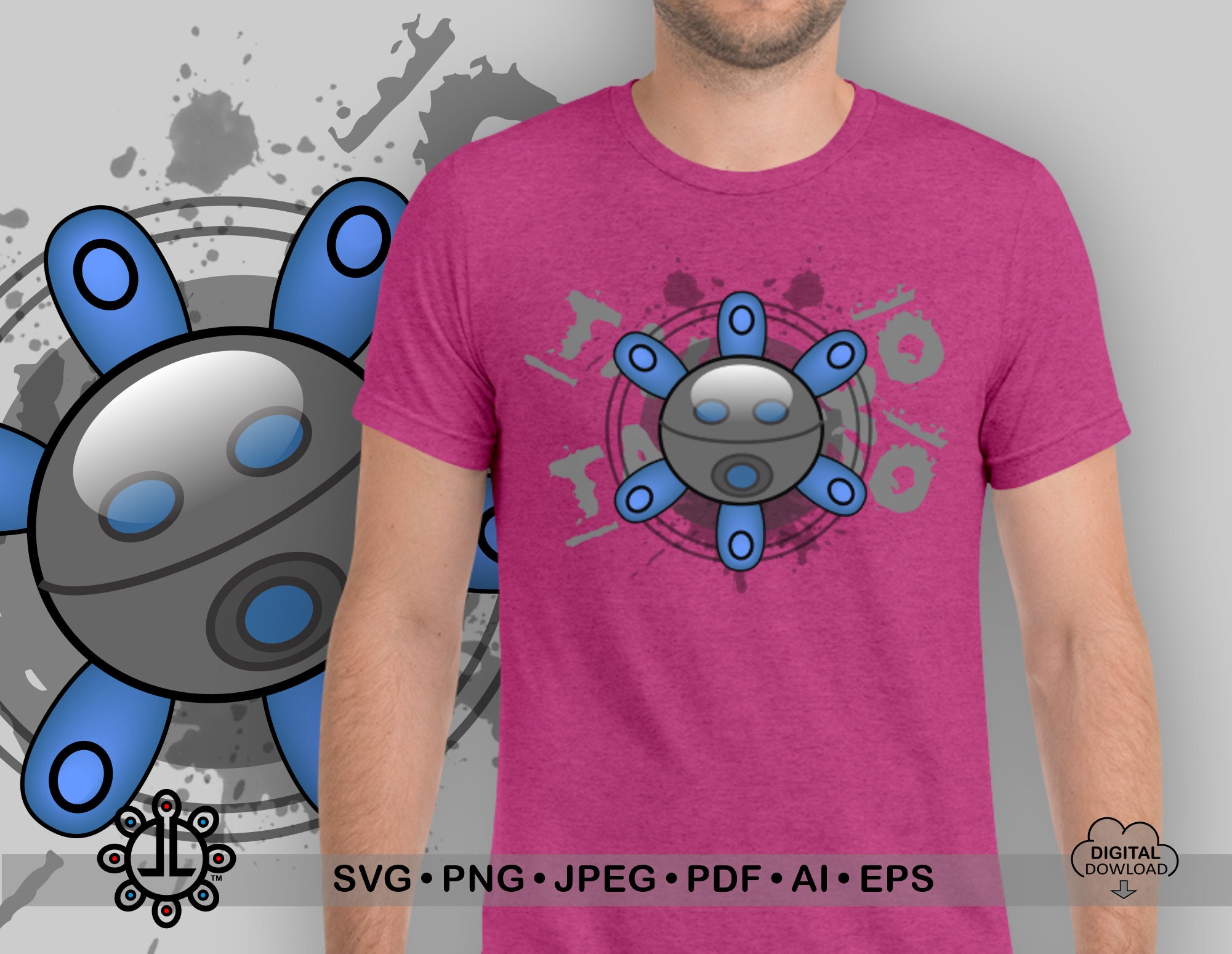
TAINO EXPRESS ZIP ZIP
Made to attract local and international visitors, Distrito T-Mobile was created as an entertainment complex that spoke to native culture (in food and performances) in ways travelers would understand.Īttractions include zip lining with Toro Verde, Puerto Rican-owned Caribbean Cinemas, and a concert hall. In August of 2020, an entertainment space called Distrito T-Mobile (yes, created by the cell phone carrier and a local Puerto Rican developer) opened, giving locals and travelers a place to enjoy good food and live music. Other cultural attractions in the city include the preserved 19th-century Hacienda Buena Vista coffee plantation and Museo Castillo Serrallés, a 1930s home that belonged to the Don Q rum distillery owners and is now open for tours.

Built in 1842, it’s Puerto Rico’s first and only national pantheon. There are 18 total, and the Panteón Nacional Román Baldorioty de Castro is one of the best. On the southern coast, Ponce contains the most extensive collections of museums located on the island. Arecibo on the northern coast west of the capital bustles with a tropical restaurant row with more than 10 restaurants like Guajira and Amapola-all within walking distance of each other-that specialize in local Puerto Rican dishes like mofongo, a fried plantain dish.

There are also several towns and cities equally appealing to San Juan. And, the largest cave in the Western Hemisphere, Cavernas del Río Camuy, was recently reopened (it was closed due to damage from Hurricane Maria) and contains the third-largest underground river in the world along with more than 10 miles of caverns, 220 caves, and 17 entrances that have been mapped so far-with most of the cave system unexplored. There’s also the sprawling 1,249-acre bright pink salt flats of Cabo Rojo, where the color is caused by brine shrimp that live in the water. Mosquito Bay in Vieques is a bioluminescent bay, where particular organisms in the water emit a brilliant blue light as they swim around at night. The uninhabited Isla de Mona, located between the Dominican Republic and Puerto Rico's mainland, has some of the most beautiful and empty beaches with crystal clear water and soft sand surrounded by limestone cliffs. Nestled in a cove off the Atlantic side of the island, Mar Chiquita in Manatí is a natural pool that resembles the flat tail of a manatee. San Juan is the most popular city in Puerto Rico (and you can read our San Juan travel guide here), but there’s plenty more to discover around the island. Many Puerto Ricans still have Taino DNA and identify themselves as the descendants of the Taino people. Original Taino words commonly used today include canoe, barbecue, hammock, potato, hurricane, iguana, maize, manatee, mangrove, potato, tobacco, and many more. While the Spanish destroyed most of the Taino culture, it still lives within food, language, and daily living on the island. The term Boricua calls back to the island’s heritage and identity as the home of the Taino people. This censorship lasted until 1957.įor many Puerto Ricans, these gag laws and forced American assimilation quelled any ideas of independence, and the notion of a dual identity began forming. By this decree, the Spanish-American War ended, and Puerto Rico, along with the Philippines and Guam, were handed over to the US.īy 1948, it became an arrestable offense in Puerto Rico to display the flag created for independence, attend independence meetings, or speak against the US government. When the US invaded in July 1898, the island stood its ground until Spain ceded ownership by signing the Treaty of Paris a few months later in December. In 1895, the Puerto Rican section of the Cuban Revolutionary Party, both fighting for independence from Spain, created the flag Puerto Rico still has today. When the Spanish arrived in 1521, they changed the name of the island to San Juan Bautista and eventually Puerto Rico, and the many Indigenous Taino died due to disease, slavery, and other forms of mass colonization. Tainos survived with agriculture, fishing, and hunting, and used canoes, fishing nets, bows, and arrows. Taino families spent most of their lives living in settlements within large circular buildings, usually with a plaza where rituals, games, and other culturally related events happened. They initially called the island Borikén (sometimes also spelled Borinquen or Boriquén).


The Taino people settled in Puerto Rico (along with Cuba and the Dominican Republic) more than 1,000 years before Christopher Columbus arrived. But Puerto Rico has a long history before the US.


 0 kommentar(er)
0 kommentar(er)
